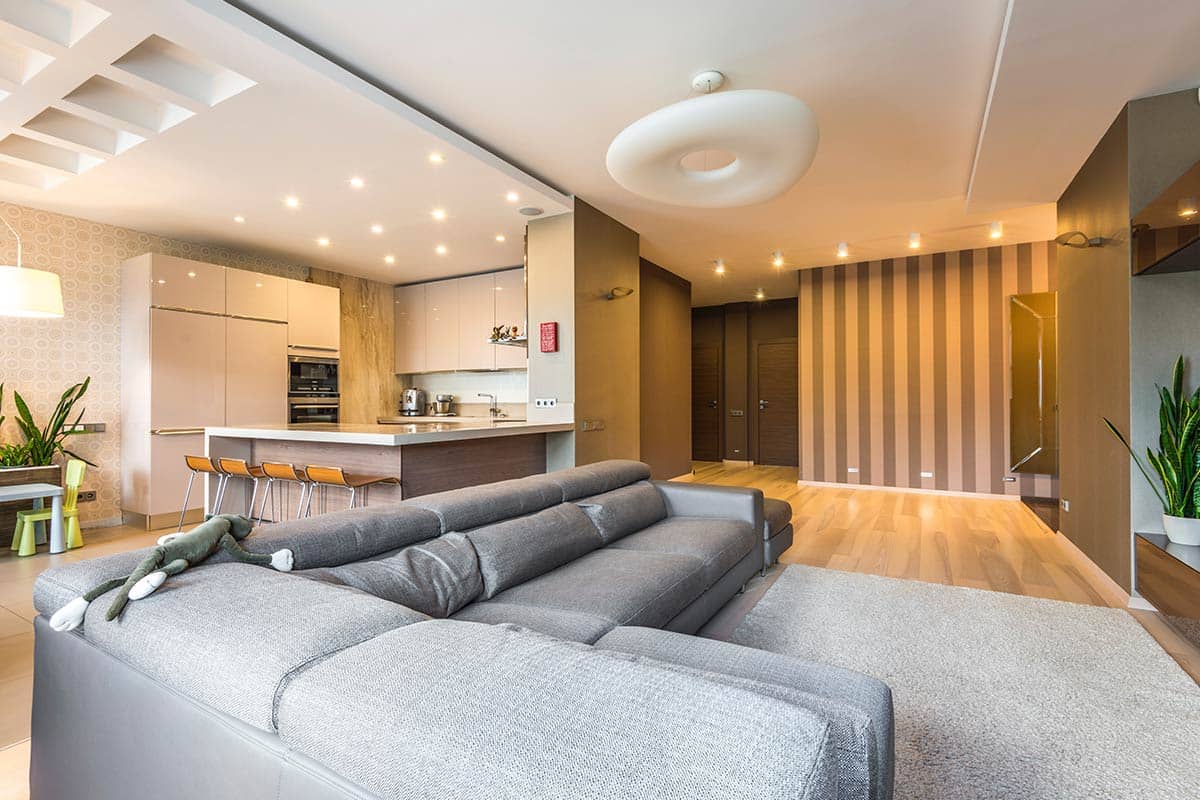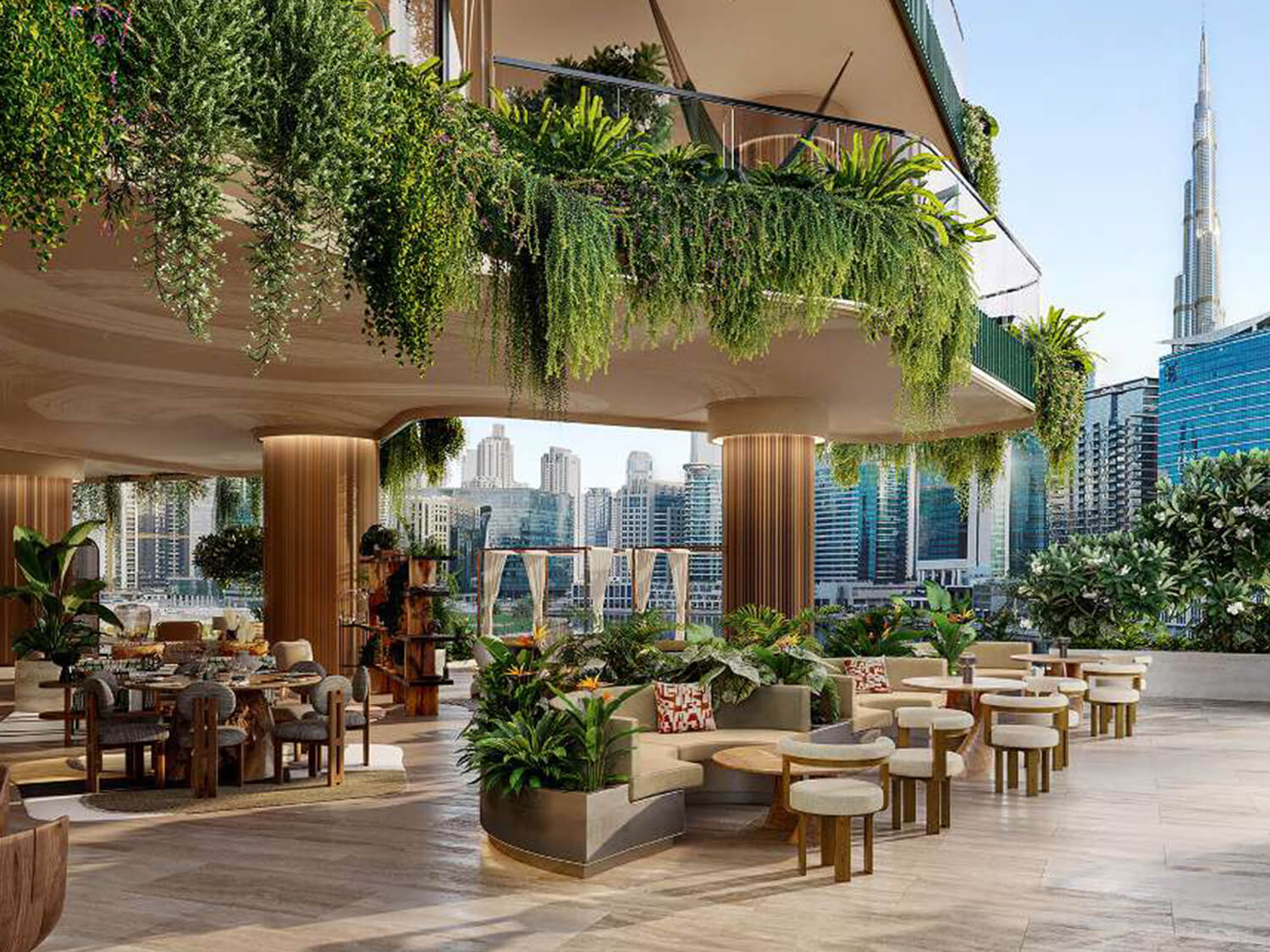The Future Is Green: How Eco-Friendly Living Is Redefining Real Estate
Eco-Friendly Living Is Reshaping Homeownership
Sustainability isn’t just a buzzword anymore—it’s a top priority for today’s homebuyers. With growing awareness of climate change and rising utility costs, people are rethinking what makes a home valuable. Increasingly, the answer includes energy efficiency, reduced carbon footprint, and a healthier living environment.
Real estate developers are responding by building smarter, greener homes that meet the demand for eco-conscious living. The shift is no longer niche—it’s mainstream.
What Does Eco-Friendly Living Look Like in Real Estate?
Eco-friendly homes are designed to work with the environment, not against it. These properties use less energy and water, rely on sustainable or recycled materials, and improve indoor air quality.
Key features include:
- Energy-efficient insulation, windows, and lighting
- Low-flow water fixtures and greywater recycling
- Solar panels and smart home energy systems
- Locally sourced or renewable construction materials
The goal: reduce environmental impact while creating healthier, more cost-effective spaces to live.
Why Homebuyers Are Choosing Sustainability
Sustainability isn’t a trend—it’s a lifestyle shift. Homebuyers today want more than square footage and trendy finishes. They want homes that save money, reduce waste, and support long-term wellbeing.
Top drivers behind this shift include:
- Climate concerns and a desire to reduce personal impact
- High energy costs and the push for long-term savings
- Government incentives and green building certifications
- Health risks from urban pollution and toxic materials
Buyers aren’t just choosing a house—they’re choosing a lifestyle aligned with their values.
The Environmental Case for Green Homes
Buildings are responsible for up to 40% of global carbon emissions. Sustainable real estate tackles this head-on by focusing on four key goals:
- Lower Emissions: Through energy efficiency and renewable power.
- Less Resource Waste: Using water-smart systems and recycled materials.
- Healthier Living: Thanks to cleaner air and low-toxicity products.
- Climate Resilience: With insulation, flood protection, and smart design.
This makes green housing a powerful tool in the fight against climate change and resource depletion.
The Power of Solar: Clean Energy at Home
Solar energy is a game-changer for eco-friendly living. As the technology becomes more affordable, it’s increasingly common in both new builds and renovations.
Popular solar features include:
- Photovoltaic panels to power lights, appliances, and HVAC
- Solar water heaters for bathrooms and kitchens
- Battery storage to save energy for nighttime use
- Grid-tied systems that earn credits for extra energy
In sunny regions like the UAE, solar systems can slash utility bills and cut carbon emissions dramatically.
Inside an Eco-Conscious Home: Smart, Efficient, Sustainable
Eco-conscious homes combine intelligent design with practical upgrades. It’s not about a single feature—it’s about a full system working together to minimize impact.
Some of the top upgrades include:
- High-performance insulation to maintain indoor comfort
- LED lighting that uses less power and lasts longer
- Energy Star appliances that cut electricity and water use
- Smart thermostats and automation that optimize usage based on occupancy
These technologies make sustainability effortless while delivering savings month after month.
Water and Waste: Smarter Systems for a Smarter Planet
Eco-friendly homes don’t stop at electricity. Water conservation and waste reduction are just as crucial.
Look for these features in leading developments:
- Low-flow fixtures that reduce water use by up to 30%
- Greywater recycling systems for landscaping or toilet use
- Smart irrigation that adapts to weather conditions
- On-site composting and recycling to reduce landfill impact
- Construction waste recycling to minimize building impact
These innovations help conserve resources and lower household operating costs.
Sustainable Materials, Healthier Living
The materials in a home affect not only the environment but also your health.
Top sustainable choices include:
- Renewables like bamboo, cork, or hempcrete
- Recycled materials like reclaimed wood or reused concrete
- Low-VOC paints and finishes that keep indoor air clean
- Locally sourced products that reduce transport emissions
- Durable materials that last longer and require less upkeep
These elements improve air quality, lower emissions, and create homes built to last.
The Long-Term Value of Sustainable Homes
Going green pays off. Eco-friendly homes don’t just save on bills—they tend to increase in value over time.
Why?
- Lower utility bills attract budget-conscious buyers
- Sustainable features meet rising environmental expectations
- Resale premiums of 3–8% for green-certified properties
- Stronger demand from younger, environmentally aware generations
And as future regulations tighten, sustainable homes are more likely to stay compliant, marketable, and profitable.
Conclusion: Green Living Is Smart Living
Eco-friendly homes are the future of real estate. They offer smarter energy use, cleaner air, lower costs, and a better way to live. As sustainability becomes a standard, not an option, homes that embrace green living will lead the market.
At DreamDwell Properties, we’re proud to support the movement toward sustainable living. Whether you’re buying, investing, or just exploring your options, we’re here to connect you with homes that make a difference—for you and the planet.




